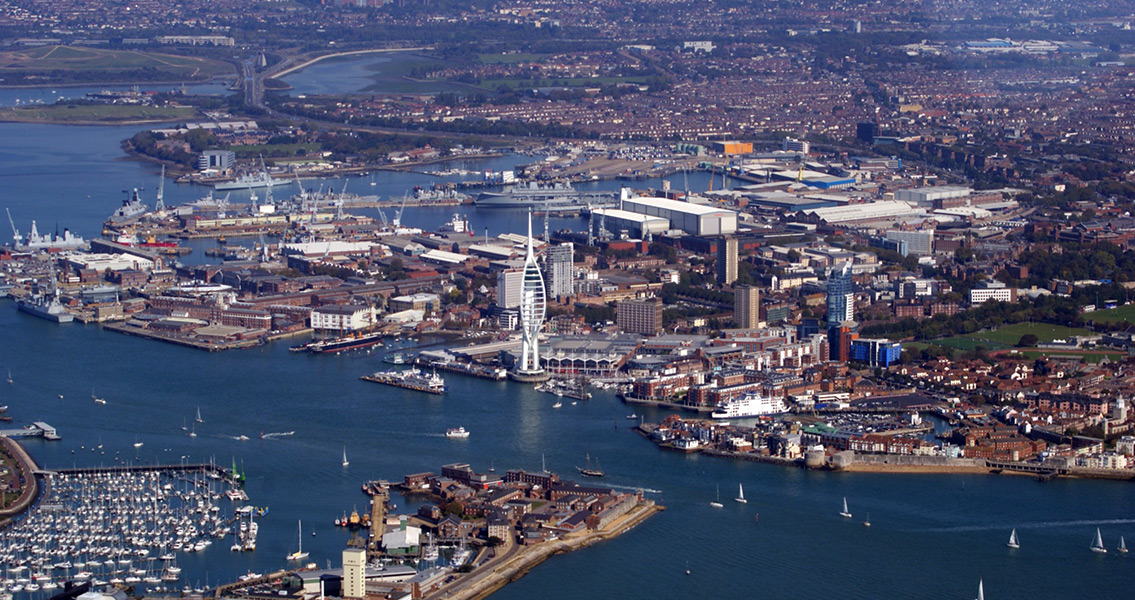<![CDATA[Dredging work intended to make Portsmouth Harbour more accommodating for larger British Navy aircraft carriers has yielded the discovery of an iron cannon being unearthed from the muck. Finding a cannon in such a manner can often indicate the possibility of an unknown shipwreck nearby. However, archaeological experts interviewed by BBC News, including Wessex Archaeology’s Andrea Hamel, say that this particular discovery is likely to be an isolated event and not necessarily due to a heretofore undiscovered wreck. The piece of ironwork has yet to be analyzed for a determination of how old it may be. Currently being stored at the Mary Rose Museum after its long sojourn on the seabed, the cannon may have been ejected overboard after being used as ballast; other items discovered during the dredging include several anchors, a wide variety of ceramic objects, and a collection of modern glass as well. As Portsmouth Harbour continues to be widened and deepened to accommodate the new Queen Elizabeth class military vessels, expectations are high that additional artifacts will be discovered. Hamel told BBC News that further investigation into the cannon is required in order to understand its significance. However, she remained hopeful that researchers will be able to not only provide a date range for the naval weapon but also determine its origin. Once the research and analysis is complete, the cannon will be installed at Portsmouth Museum alongside any other archaeological finds disturbed by the dredging. The price tag for the entirety of re-developing the Portsmouth Harbour docks is approximately £100 million. A major British port for centuries and the traditional home of the Royal Navy, the harbour’s rich military history could easily point to the cannon belonging to a Navy vessel during the age of sail, but the cannon’s provenance at the moment is largely speculation. Portsmouth Harbour was in need of redevelopment in order to accommodate both the HMS Prince of Wales and HMS Queen Elizabeth, the largest and most cutting-edge military vessels ever to be implemented by the Royal Navy. With a length of 280 meters, a beam of 73 meters overall, and a draught of 11 meters, these new aircraft carriers required berths that were wider and deeper than Portsmouth Harbour could provide, prompting the redevelopment. Despite the massive size of the new aircraft carriers, the design of both the Prince of Wales and the Queen Elizabeth omits the use of traditional arrestor wires and catapults to accommodate aircraft to land and take off. Instead, this new class of carrier is designed to accommodate helicopters and other vertical-takeoff-and-landing aircraft such as the new F-35B Lightning II. Image courtesy of Wikimedia Commons user: ASillyLittleMan]]>
Portsmouth Harbour Dredging Yields Iron Cannon
